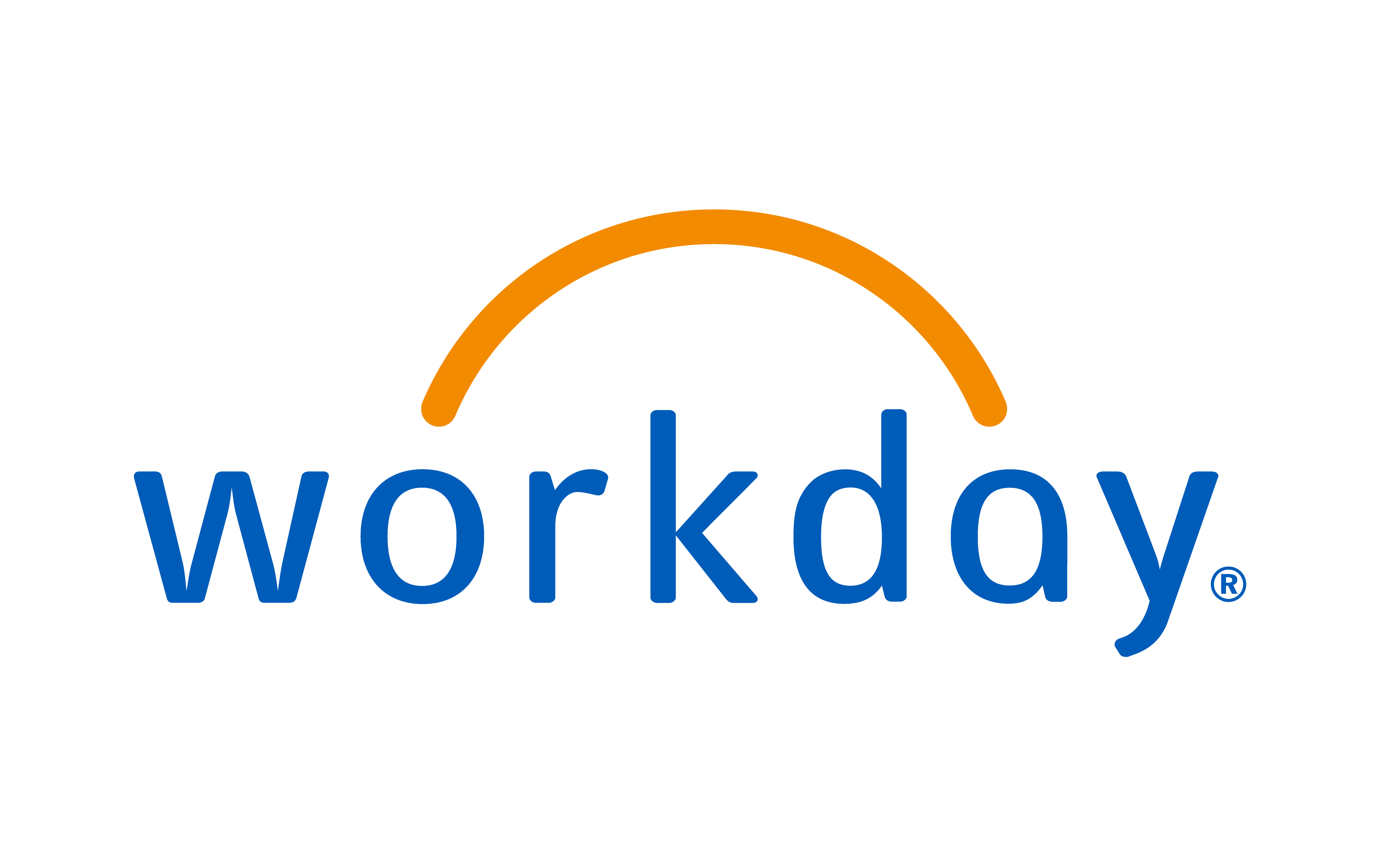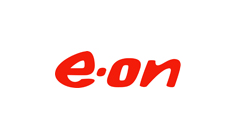
While the CEO and CFO will be responsible for driving a deal, it’s essential for other board members to play their part in providing robust input on whether an acquisition is in the best interests of the business and its shareholders. This begins by talking through the strategic fit of a target and continues with ongoing assessments of whether the integration process really is on track.
Terry Stannard, Chairman of interior furnishings company Walker Greenbank, says: “Once the initial excitement of an acquisition has taken place, the NED [non-executive director] has an absolutely critical role to play around reinforcing the milestones that have been set to ensure a successful acquisition is made, so that the integration and the synergy benefits are effectively managed…
“The NED needs to ground the executive team to ensure that the acquisition does actually create shareholder value and does not, like so many of them, become a rather wasteful distraction.”
Liz Claydon, UK Head of Consumer Markets at KPMG and a Partner in the Transaction team, comments: “I see a key role of other board members as being one of challenge: does this M&A strategy align with the overall strategy for the business? You see that playing out in their specific areas of expertise, be that the CIO [Chief Information Officer] in terms of how the different systems will integrate, or the HR Director in terms of the different culture of the target... Remember, the key priority for the board on behalf of the shareholders is that value is created.”
In practice, this means digging deeper into the transaction. Simon Denham, Founder of online trading concern London Capital Group, comments: “Many times an acquisition requires large synergy savings to back up the numbers. Synergy savings are notoriously hard to achieve and any number quoted by the CFO should be torn apart and re-analysed by the NEDs. In some circumstances it is wise to bring in outside consultants to go through the data, before going through the expensive bits of due diligence and legal costs.”
Much of this will be par for the course for a good NED; someone who knows how to walk the line by providing a healthy degree of challenge while also allowing the executives to get on with the job of driving the business. Jim Wilkinson, Chief Financial Officer at African investment concern Lonrho and former Group FD at online gambling company Sportingbet, comments: “The big danger obviously is that they get excited by the deal, as much as the management team do, and they race through [it].
“They really should be questioning why we're doing it… [but] they need to be at a distance from the deal, remain impartial and be able to make a rational decision about whether it’s a good deal or not.”
Paul Staples, Managing Director of Investment Banking in Europe for BNP Paribas, comments: "A NED should aim to be a sounding board, facilitating – though seldom leading – a rigorous discussion regarding the wisdom of an acquisition. They need to display good judgement, understanding when to be supportive and when to put forward a more challenging perspective.”
In essence, the M&A process can be seen as a litmus test for the health of the executive and non-executive team. “Once a target has been identified then the whole board should be notified and the rationale explained normally by the CFO, but with assistance from the CEO,” observes Simon. “It is for the board as a whole to agree on whether the reasons for the acquisition are realistic, believable and attainable.”
A similar point is made by Mark Garrett, COO of global technology consultancy Ricardo. “The whole board should understand and agree to the rationale for the acquisition, but the rationale should be proposed by the executive team based on [how it fits with] corporate strategy,” he says.
Creating value
After the euphoria of signing a deal has passed, the danger is to just blithely move on to the next big thing. Bob Emmins, Finance Director for The Silver Spoon Company, which is a £250 million business within the grocery division of Associated British Foods, says: “The hardest thing about an acquisition is integrating it and thereafter achieving the objectives and financial goals. To succeed you've got to get your full team behind it, buying into those goals and recognising that they have an executive responsibility to deliver them post-acquisition.”
Anne Stevens, VP, People and Organisation at mining concern Rio Tinto Copper, says: “In recent years there's been a big shift towards recognising the importance of getting the people aspects of a deal right.
“If you don't get the people piece right... [and] if you don't manage all the key stakeholders correctly then a deal, whether it's a good commercial deal or not, is going to fall flat on its face.”
This is something that needs to be pursued by the board so everyone is clear that the original goals of the acquisition are being achieved and, if not, appropriate decisions are made to find out how to create value from the new company.
Bob says: “There needs to be a distinct view taken as to how the business or the cultural differences of what you acquire fit into your existing business... Increasingly, because it's nearly all down to people, the HR director should have a greater say on whether the two businesses will fit together or, if not, where the clashes are going to be.”
As market conditions improve, corporates are finally loosening their grip on their balance sheets to make acquisitions. Yet it remains an environment where boards must demonstrate they are delivering long term, sustainable value. If that is to happen, directors need to work together and be fully aware of their roles and responsibilities on the M&A journey.
I hope to see you soon.
Matthew
www.twitter.com/criticaleyeuk










 (002).png)















